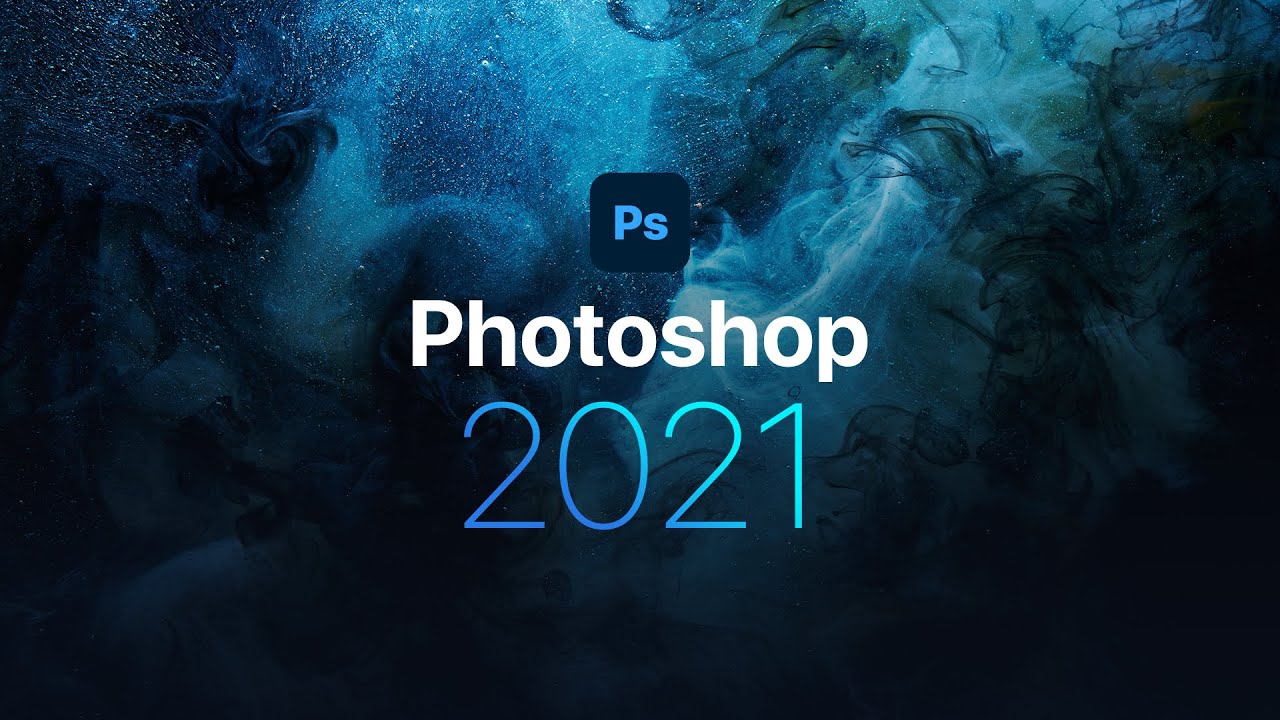
You can store the chosen colors with the "Save as" button, which will write them to a textfile (with extension ".dec") of your choice. If you are satisfied with the result you can apply the effect to the original image with the "Apply" button, which will also return you to the processed image. With the three colors chosen you can choose the color removal ("Remove") or color split effect ("Split R/G", for separation) and hit the preview button. This will open up your host application's color picker. If you want to choose a color that's not in the image, you can also click directly on the current undesired, desired or background color. You can adjust the sample-area for extra accuracy the selected color will be the average of the (square) sample area. Next, you can sample the desired, undesired and background color by choosing the corresponding sampler on the right, and right clicking in the preview. You can drag the image with the left mousebutton down on the preview image, and you can zoom it with the buttons at the bottom of the button panel that you see here on the left.

The plug-in performs image processing on 24 bit images as well as 48 bit images.

PreviewĪfter opening your RGB image and choosing Color Deconvolution in the filter menu you will see your image in the preview. The next time your start Photoshop (or your plug-in host) you will find it in the filter menu (Photoshop), under "Forensic Filters". Start by copying your plug-in (*.8bf file) to a folder like "C:\Program Files\Adobe\Photoshop CS\Plug-Ins\ Filters", of course depending on your host application, as long as the file ends up in your host's plug-ins folder or a subfolder of that.


 0 kommentar(er)
0 kommentar(er)
